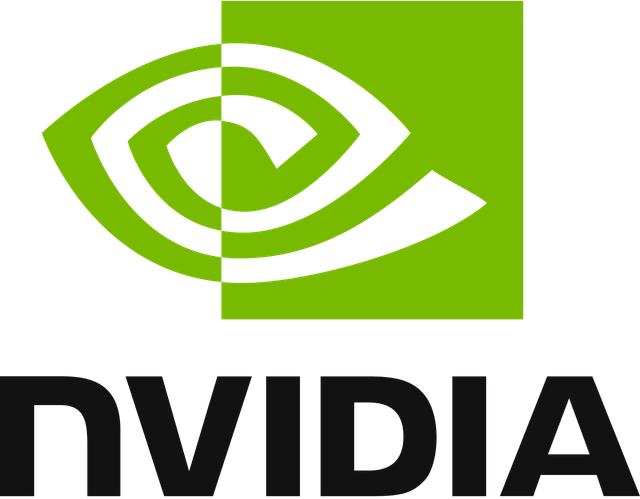Key features of Digital Twins
Connectivity
It is an enabler for having the facility to connect all data sources into it.
Remote Monitoring & Control
Accumulating all data streams into the platform, it primarily offers Real-Time monitoring of all your data sources under a single Dashboard with real-time alerts and actionable items that need attention.
Simulation & Modeling
One of the advanced techniques being used in these Digital Twins is to have a Simulation platform added on top of the data layer(dashboard). With this simulation and modelling, i.e, the visualisation layer organisations can perform predictive analytics in a much better way.
Stress Testing & Predictive Analysis
One of the most important features of a Digital Twin is to have the ability to identify the breaking points on your production life-cycle without affecting the operations. This is where simulation helps to identify key areas of improvement and how much load your production cycle can accumulate.











